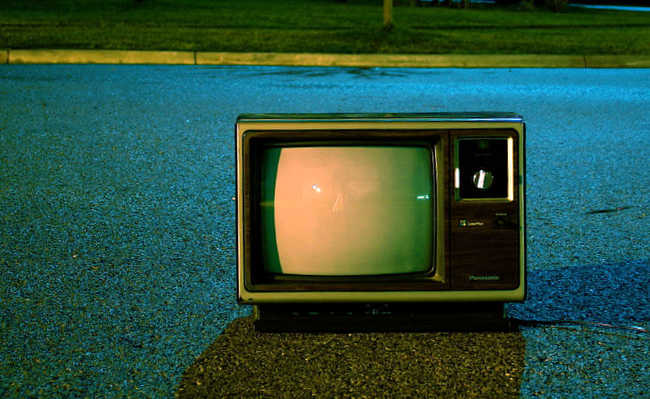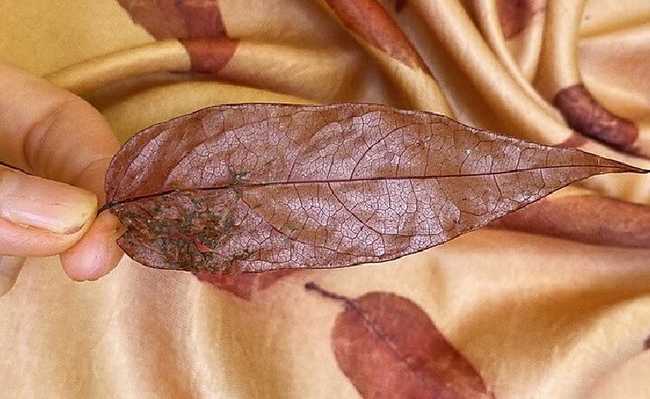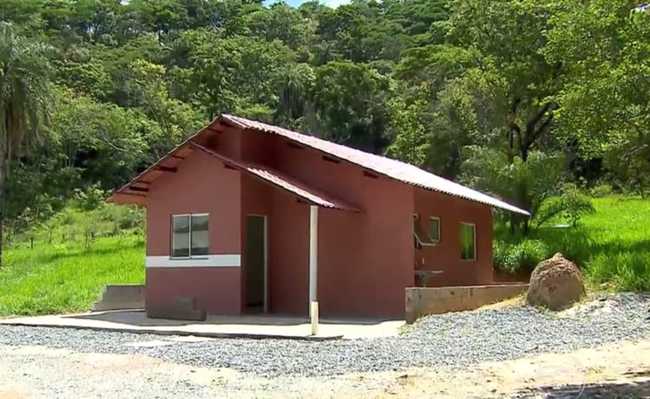Is it possible to recycle tube TV?
Most TVs are coated with polystyrene, a hard plastic, and many heavy metals are part of their makeup. But it is considered recyclable

Cathode ray tube television (CRT), commonly called tube TV, has been one of the most common products in homes for quite some time. Created at the beginning of the 20th century, it has been very present in the lives of countless families around the world, being, in many cases, the main provider of information and entertainment. But with every broken device that was thrown away, quantities of heavy metals ended up being released into landfills and dumps.
According to USP's Center for Disposal and Reuse of Computer Waste (Cedir), CRT monitors and old TV tubes contain large amounts of lead and this is the heaviest part of the device and the most difficult to be recycled - mainly because lead is a heavy metal and brings a series of risks to the environment and human health (learn more about this topic in the article: "Mercury, cadmium and lead: intimate enemies present in electronics"). In the device, it serves to contain the radiation produced by the cathode, which is an electron gun that is positioned at the back of the tube. The glass tube has a phosphorescent screen, which emits light when hit by electrons.
What to do?
If your tube TV is broken, you can try to get it fixed somewhere that offers this service. After that, if you are going to change your home appliance, you can donate the old one to charities, but always checking if there will be a correct destination later.
In the case of opting for direct disposal, it is possible to search for manufacturers, but not all of them accept (learn more about this topic in the article: "CRT monitors: leaded glass is the biggest problem"). According to Cedir, most of the material (brown plate, coil, iron, aluminum, plastic, wiring) goes to recycling without any problem, only the glass in the tube that goes through a special process. There are some companies that have developed recycling technology that uses laser beams to separate the front panel and the back of the cathode ray tube (CRT) of televisions. Thus, the use of materials is higher, in addition to accelerating the process of recycling the tube (which is the most complex), in which lead is separated from the glass.
After a manual dismantling of the tube TV parts and the separation of the glass and tube from the rest of the electronic components, there is the recycling of this leaded glass. The process is as follows: in a special machine, which is sealed, preventing the leakage of the components of the parts, the screen (which has little lead) is separated from the tube (which has a lot of lead) and also from the internal metallic components. The phosphor, an element also present in a TV, is removed by a special machine, to be reused later and not cause environmental damage.
Leaded glass is usually ground to be added to products that require light refraction.
Why recycle?
Heavy metals can cause many serious problems. When throwing a tube TV into a landfill, the heat causes the contaminated glass to break, releasing lead directly into the soil, which can affect the surrounding population (if there is a water table nearby) and the health of the scavengers of trash.










